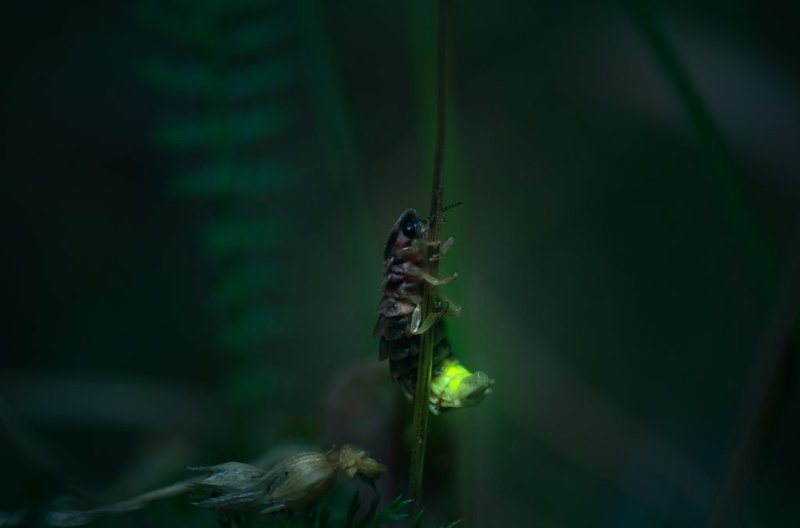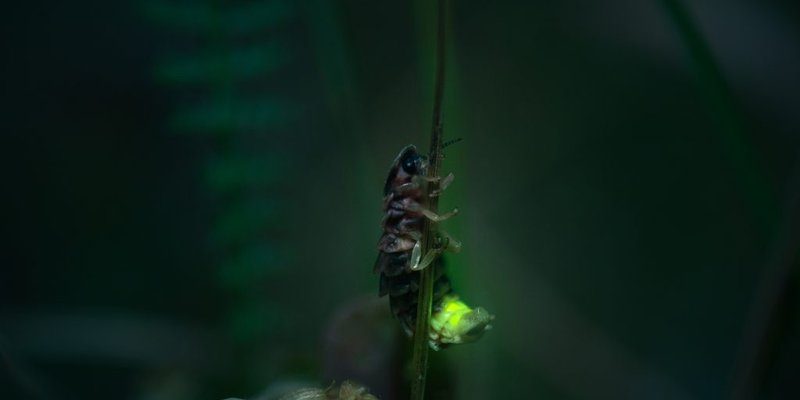
Getting to the bottom of this decline is crucial, not just for the glow worms themselves but for the whole ecosystem. Their decline can signal larger environmental issues that might affect other species and even us humans. So, grab a cup of coffee, and let’s dive into the reasons behind this decline and explore what we can do to help these fascinating creatures thrive again.
Understanding Glow Worms: More Than Just a Pretty Light
Glow worms are actually the larval stage of certain beetles, primarily found in damp, dark environments. Their bioluminescent glow comes from a chemical reaction in their bodies, similar to how fireflies produce light. This glow serves a purpose: it attracts unsuspecting prey, like small insects, into their sticky silk traps. Imagine them as nature’s own little light traps, luring in dinner by twinkling in the darkness.
Their habitats are often found in caves, forests, and even along riverbanks. These areas provide the moisture and shelter that glow worms need to thrive. But when these habitats are threatened or destroyed, glow worms suffer. That’s not all—understanding their life cycle, including their transition from larvae to adults, gives us insight into why their populations are declining.
Causes of Decline: What’s Going Wrong?
Here’s the thing: the decline in glow worm populations isn’t caused by just one single issue. It’s a cocktail of factors, each playing a part in their diminishing numbers. Let’s break down some of the primary causes:
- Habitat Loss: With urbanization and agriculture expanding, many natural habitats have been destroyed or altered. Glow worms need specific conditions to thrive, and when their homes are taken away, they struggle to survive.
- Climate Change: Rising temperatures and changing weather patterns can impact the delicate balance of the ecosystems where glow worms live. These changes can lead to drought or floods, both harmful to their habitats.
- Pesticides and Pollution: The use of chemicals in farming and gardening can contaminate the areas where glow worms live. These substances can harm not only glow worms but also the insects they rely on for food, leading to a cascade of issues.
Each of these factors plays a critical role in the decline of glow worm populations. And while it’s easy to feel overwhelmed by these problems, understanding them is the first step toward finding solutions.
Solutions: What Can We Do to Help?
If you’re feeling a bit hopeless after hearing about the challenges glow worms face, don’t worry—there are steps we can take to help reverse this trend. It’s all about making conscious choices and advocating for change. Here’s how:
- Protect Natural Habitats: Supporting conservation efforts and promoting the protection of natural habitats can provide a safe space for glow worms. This could mean supporting local initiatives or even volunteering for habitat restoration projects.
- Reduce Pesticide Use: Choosing organic farming methods or using natural pest control can minimize the chemicals that harm glow worms and their environments. Even at home, you can opt for eco-friendly garden products.
- Educate Others: Spreading awareness about the importance of glow worms can have a ripple effect. When more people understand their role in the ecosystem, they may be more likely to take action to protect them.
Taking these steps not only benefits glow worms but also contributes positively to the environment as a whole. It’s like planting a seed of hope that can grow into something beautiful.
Community Engagement: Getting Involved
Sometimes, change starts with us as individuals, but it can also be driven by community efforts. Getting involved in conservation groups can be an effective way to advocate for glow worms. Joining local organizations focused on wildlife preservation can amplify your voice and help create a larger impact.
You might consider attending community meetings or workshops that focus on local ecology and conservation efforts. This can be a great way to meet like-minded individuals who share your passion for protecting wildlife. And who knows—you might even end up leading a local campaign dedicated to glow worm restoration!
Research and Monitoring: The Importance of Data
Another key aspect of addressing the decline of glow worm populations is the need for ongoing research and monitoring. Scientists and researchers are crucial in understanding the current state of glow worm populations, their habitats, and the overall health of the ecosystems they inhabit.
By collecting data on glow worm numbers, behaviors, and habitats, researchers can identify trends and potential threats. This information is vital for developing effective conservation strategies. So, the next time you hear about a study related to glow worms, know that it’s contributing to the bigger picture of their survival.
The decline of glow worm populations is a pressing issue, but it’s one that we can help address. By understanding the reasons behind their decline and taking proactive steps, we can create a brighter future for these enchanting creatures. After all, glow worms are more than just a beautiful sight—they are an important part of our ecosystem.
So, the next time you see a glow worm’s gentle glow, remember the role you can play in protecting it. Whether it’s reducing pesticide use, joining a conservation group, or simply spreading the word about their plight, every little bit helps. Together, we can keep the lanterns of nature shining bright for generations to come.

